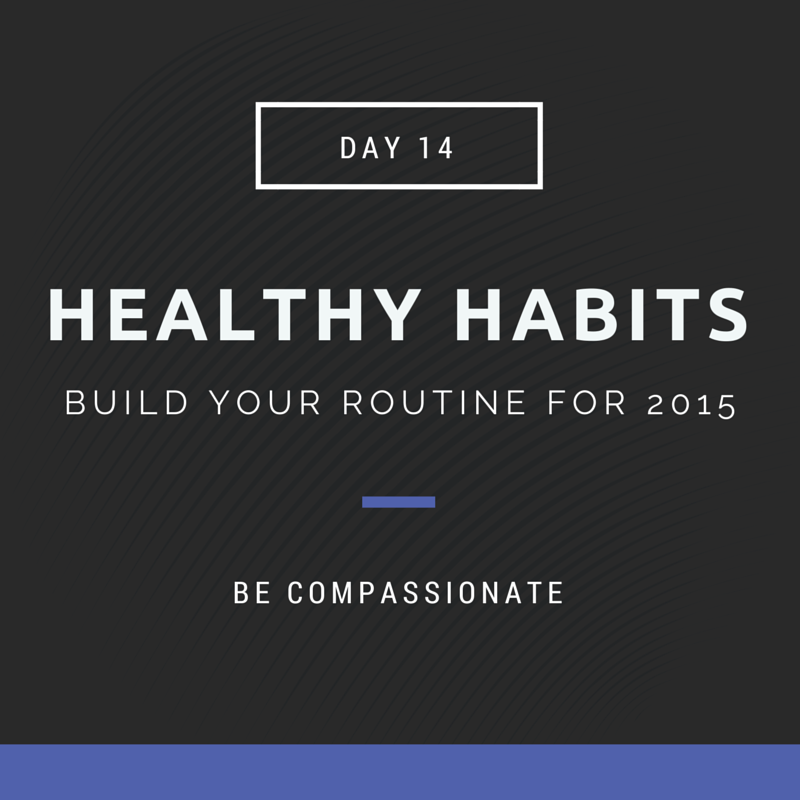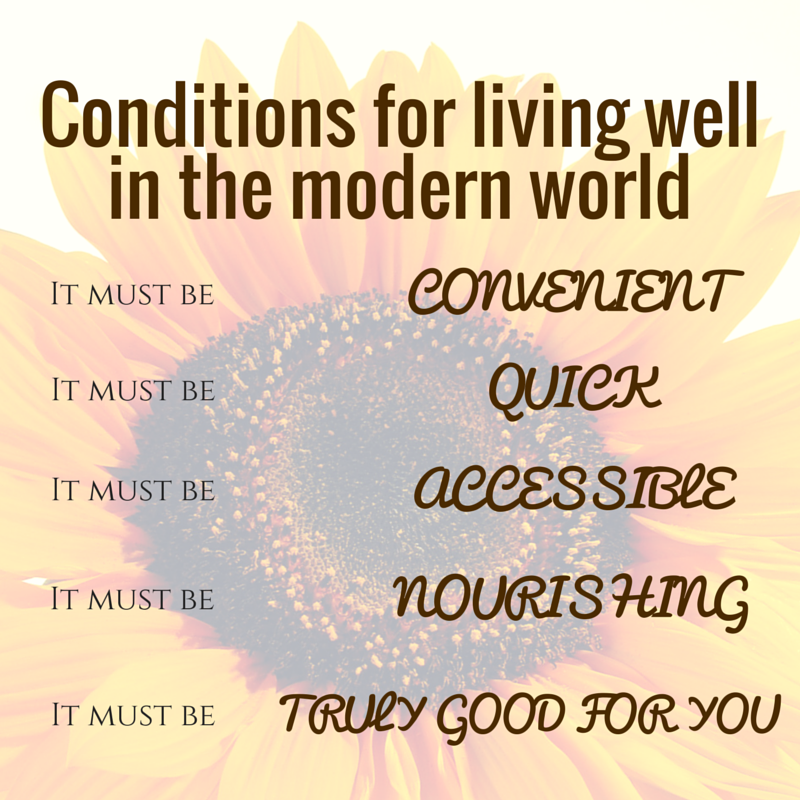Have you ever felt burnout? I have. Several times.
Unfortunately, the one thing you’re not taught in school is how to deal with the stresses of daily life. When you’re unable to process stress on a daily basis, it creates a backlog in your body and mind. Imagine your brain filing away stressful incidents—it trys to find places in the body to put all these stresses and ends up looking like a really messy, overflowing, chaotic filing drawer. In other words, it’s a fire hazard (get it…burnt-out…🔥).
Every summer when I was young my sister and I would spend Wednesdays at my grandparent’s house. My grandparents owned an office building next door to their house so we would always help with general cleaning duties—empty the trash, turn off the lights, replace the toilet paper, etc. There was one tenant who we referred to as “messy office guy” because his office was covered from floor to ceiling with boxes and boxes of paper and files. It never changed. It was never cleaned.
This is how I like to think about a messy, stressed out, on the verge of burn-out body and mind. If only you could see what’s really going on inside of you!
Deciding To Be Burnt-Out
The thing about burnout is it’s a gradual process of accumulation that often leads to a traumatic experience. That experience serves as the catalyst for you to make some sort of massive change in your life, whether it’s changing your eating habits, finding a new job that you actually enjoy, or finally doing that one thing you’ve been putting off forever.
The underlying assumption, of course, is that all along you knew what you “should” be doing to avoid burn-out but it’s too complicated, takes too much time, is too vague, doesn’t have clear outcomes, and/or would take up too much of your energy for you to bother starting. Until, that is, said traumatic experience happens and then you have no choice.
The funny thing about a busy woman’s need for control is you are more in control when you are self-aware of the choices you are making than when you reach a tipping point and the decision is forced on you.
It’s the decision-making that throws most people off on a day-to-day basis.
How to Overcome Burnout
The good thing about burnout is that you can employ the same strategies to avoid it as you can to overcome it. Integrating some or all of the suggestions below before you burnout will ensure a sustainable lifestyle. If you’re well beyond the point of long-term sustainability and feel like you’re starting all over, these steps are the perfect foundation to implement now so that you can ensure sustainability on your next adventure.
1. Reflect
First things first, it’s important to take some time to reflect about your burnout. One of the most important things you can do is understand the types of activities that give you energy and the types that deplete you. This exercise is often used when people are trying to determine whether or not they are introverted or extroverted. Introverts gain their energy from spending time alone or with small groups of people. Extroverts, on the other hand, feed off of large groups of people and crowds.
Consider what type of work activities give you energy or drain you. Maybe leading meetings is exciting and fun but writing documents gives you tons of unwanted stress. Over the years you’ve learned to live with it because both are part of your job but when you really start to understand what sustains your body/mind/soul, you can be on the lookout for work projects that you know are going to throw you off balance.
2. Meditate
Meditation is so important. I’ve written a lot about meditation before—essentially meditation is what helps you get centered each day. There is no right or wrong way to do meditaiton, and if you hate the idea of it, call it something else.
Take some time each day to get centered. Clear you mind, check in with how you’re feeling, and breathe. If you can do this while you’re on your morning run, great – go ahead and multi-task. If you’re a writer-meditator and journaling with your Morning Pages is your kind of thing, awesome. Or if sitting down on a cushion in the corner of your bedroom for 20 minutes floats your boat, that’s sweet too. Personally, I do the cushion-sitting because I need less multi-tasking and more single-tasking in my life.
3. Journaling
Journaling, whether it’s part of your meditation practice or not, is also a great idea. Buy a fun journal and set it on your bedside table. If you can’t commit to a journaling practice, at least know that it’s there for you to pour your heart out when you need to.
Had a super stressful day and not sure how to unwind? Pick up your journal and write about it. You might only have a few entries a week or maybe you’ll only write a couple times a month, but knowing that the paper and pen is there for you when you need it is comforting and getting your feelings out on paper is cathartic (and cheap therapy).
Recently, I’ve really been enjoying the One Line A Day journal. It takes less than a minute to write out one or two sentences about my day and it’s formatted to capture 5 years’ worth of days on a page.
4. Take a walk
Take a walk outside. As often as you can. Enjoy the seasons if you’ve got them, the sun if it’s shining, the wind if it’s blowing, and the colors. Enjoy the colors. Notice what’s going on around you. Disconnect from the trials and tribulations of your daily life and immerse yourself in this whole other world that’s happening around you. It’s nice to be an outsider every once in a while without any responsibilities.
5. Do nothing
I’ve written about this before, so you can read the blog post if you’re interested in this strategy. As simple and straight-forward as it sounds, it’s actually one of the hardest things for busy women to do. Doing nothing is next to impossible and enough to drive a woman mad. But it’s so good for you. It’s about disconnecting, resting, relaxing. As much as you fear it, hate it, hide from it, you need it.
6. Take mini-vacations
My general rule of thumb is to take a long weekend away at least once a quarter and at least one off-the-grid week-long vacation a year. That’s the bare minimum. Sound impossible? It might be right now. This is one of those strategies you have to plan for. If vacation time is an issue, then stick to the one week off-the-grid vacation a year and do a weekend staycation(ish) once a quarter so you don’t have to take extra time off. The point is to do something fun, to disconnect from work and your daily life, and to get out of your comfort zone. Not only will this help rejuvenate your soul, it will also give you new ideas, fuel you up for more productive work time when you come back, and get you inspired, excited, and motivated about work again. If it doesn’t, then you know something is off and you can come back with a plan to fix it.
7. Systematize inspiration
Find inspiration by reading something totally unrelated to your work. You can sit and read self-help books and how-to’s, memoirs and autobiographies all day long, but if you’re constantly stopping to take notes and tweet your favorite quotes, then you’re sucking the enjoyment and relaxation out of your reading time.
Dive into the magical fantasy-lands of Harry Potter, Game of Thrones, Lord of the Rings, or Star Trek. If fantasy/sci-fi isn’t your thing, try your hand at some awesome romantic comedies (here’s an amazing recommendation that is both fantasy and romance from my dear friend). Head to Target and pick something at random off the shelf. Join a book club. Find a way to incorporate pleasure reading into your life more than that one week a year you’re on your off-the-grid vacation. Try setting a limit to work-related books. For example, for every two work books you read, you have to read one non-work book.
8. Hang out with loved ones
And be really present with them. Shut off your phone and computer. Stare people right in the eye. Notice what your friends and family are wearing. Laugh. Being around people you love has a special way of softening your heart and refreshing your soul. Let go of your own needs, wants, and desires, and connect with others for an hour or two. Whenever you get the opportunity to disconnect, take it.
9. Commit to a daily routine
Sketch out a process that you can easily commit to. For example:
- Wake up
- Meditation
- Say your affirmation
- Move
- Mid-day checkin
- Breathing exercises
- Gratitude Journal
- Sleep
This is rudimentary, but you get the gist. Every day right when you wake up the first thing you’ll do is meditate and the last thing you’ll do before bed is write in your gratitude journal. There is a science behind creating new habits, but the idea is that when you can create a simple daily routine that you can complete no matter where you are or what is going on in your life, you’ll always have some sort of stability to come back to when things go out of whack. You’ll always be ready to come right back to center. You’ll always know exactly what needs to be done and over time you won’t even have to expend mental energy making a decision about it (hence the idea behind all the 21-, 28-, 40-day challenges you see).
10. Move
Finally, the best thing you can do when you burnout is move your body. Be gentle, but move. If you have the energy and the need to blow off some steam, running, cycling, kickboxing, and swimming are all great options. If you need to rest or you need something more gentle, then yoga is your go-to practice. Physical movement will kickstart the mental and emotional movement that needs to happen for you to really recover from your burnout. Without it you go stagnant, you get stuck, and you’ll most likely fall ill.
This is a lot of info all at once, but pick one new thing you don’t already do and incorporate it into your life. Over time you’ll build up the most awesome immunity-boosting lifestyle you could ever imagine. And that will keep you going strong for years to come no matter what life throws in your path. Say yes to power and no to burnout!





